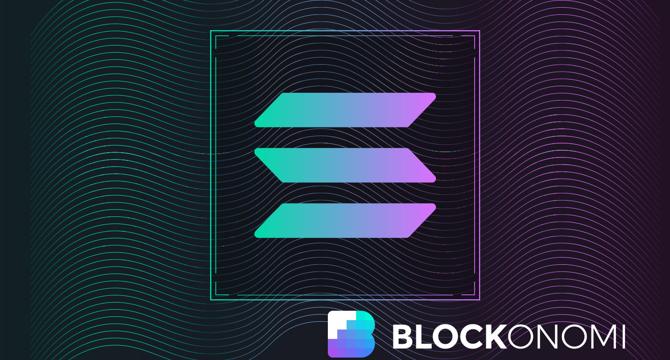Blockonomi
1M
280

Image Credit: Blockonomi
Where to Buy Solana (SOL) Crypto Coin: Beginner’s Guide
- Solana is a high-performance blockchain that offers innovative solutions to some of the biggest issues that blockchain faces, particularly scalability.
- Solana's native token is SOL, which can be bought from exchanges like Binance, Coinbase and KuCoin.
- Binance is the largest cryptocurrency trading exchange in daily trade volumes and allows investors full access to trade over 600 crypto assets. Binance deposits come with a fee that varies based on the payment method used.
- Coinbase is also a great option for investors looking to buy the crypto seamlessly, as the US-based crypto trading platform supports over 10,000 blockchain-based assets. Coinbase has a minimum deposit of $2, while it charges a competitive fee of 0.5% - 4.5% depending on the payment method, cryptocurrency type, and transaction sizes.
- KuCoin is one of the world’s oldest and most popular crypto exchanges and provides access to over 600 cryptocurrencies. Users have access to savings, stake crypto, and have the opportunity to participate in Initial Exchange Offerings.
- Solana has created eight key innovations, including Proof of History (PoH) a protocol to embed the passage of time into the blockchain data structure and TowerBFT, which is Solana’s version of Practical Byzantine Fault Tolerance.
- Solana has implemented Proof of Stake (PoS) consensus architecture, in which validators’ ledger votes are weighted by the amount of capital (SOL) they have locked at stake during the validation.
- Solana does not work on a linear blockchain system, with its architecture instead non-linear. The SOL token can be passed to nodes on the Solana blockchain for running an on-chain program or validating its output.
- Solana wallets include software, hardware, mobile, desktop and paper wallets. Hardware wallets are the safest way to store crypto. Investors can buy SOL coin by registering on Binance and following its account verification process, depositing funds, and finally purchasing the asset.
- Solana has potential to match platforms like Visa, without any sort of centralized system, and make non-linear blockchain systems part of the future blockchain technology
Read Full Article
16 Likes
For uninterrupted reading, download the app